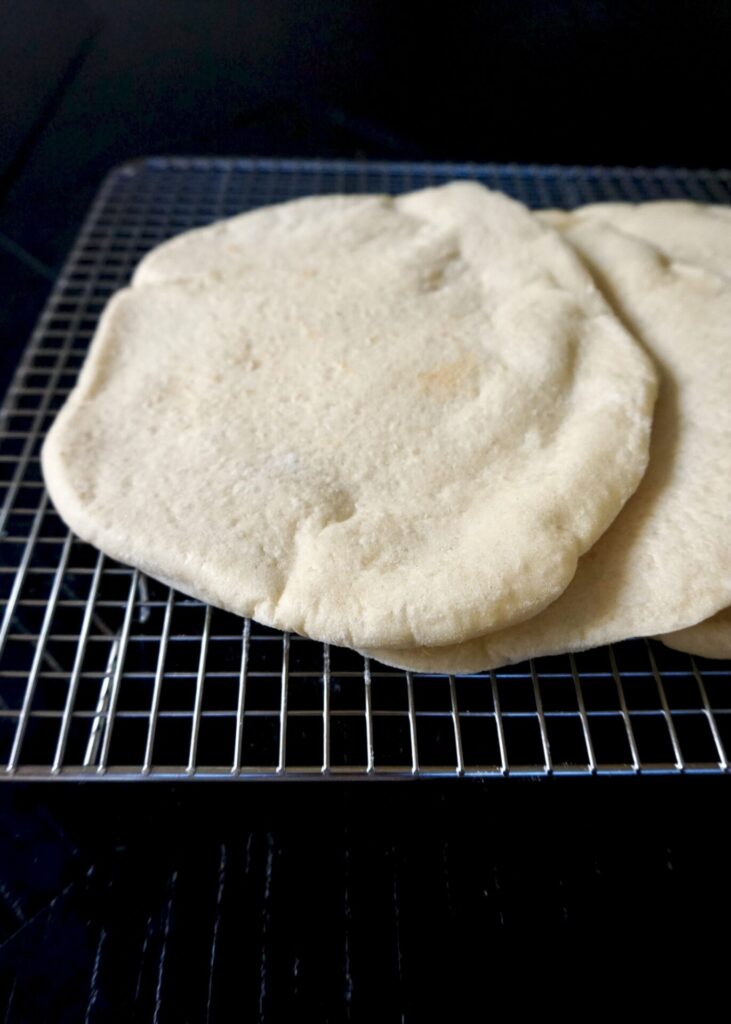
Here is that promised pita bread recipe! We eat a lot of pita with hummus/tzatziki or as a quick pizza crust and I have trouble keeping enough pita on hand. While this recipe isn’t exactly quick if you factor in the rise, rolling out, and baking time, it’s definitely not hard and so delicious! Nothing beats fresh, homemade bread.
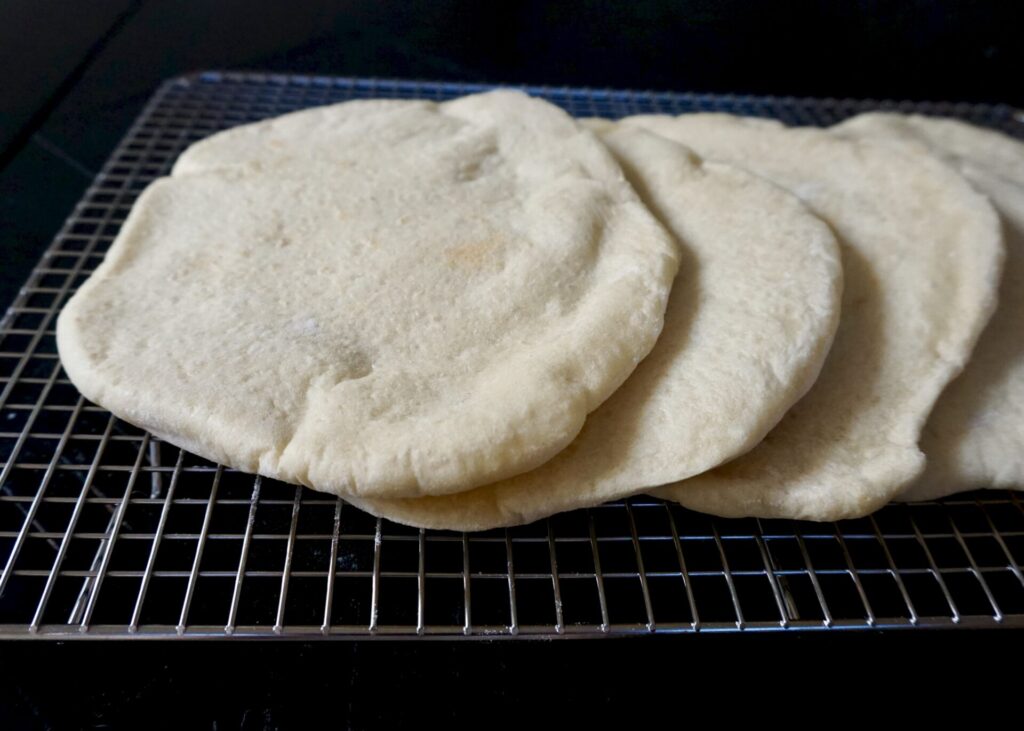
I haven’t tried this pita recipe with whole wheat flour, but do have one from years ago that is whole wheat in the archives. I did have a few pita leftover the night I made them and popped them in the freezer (in a freezer bag) for later. They can be rewarmed in the microwave as needed.
Homemade Pita Bread
INGREDIENTS
1 package (2 1/4 tsp.) active dry yeast
1 tsp. sugar
1 1/2 cups warm water
1 tsp. salt
31/2 cups bread flour + more for dusting
1 tsp. olive oil
DIRECTIONS
- In the bowl of a heavy-duty electric mixer fitted with a dough hook, combine the yeast, sugar, and warm water; stir to blend. Let the yeast stand until foamy, about 5 to 10 minutes. (I did this in a large bowl.)
- Stir in the salt. Add the flour, a little at a time, mixing at the lowest speed until all the flour has been incorporated and the dough gathers into a ball; this should take about 4 minutes. (I mixed by hand with a spatula.)
- Turn the dough onto a lightly floured surface and knead until it’s smooth and elastic. Transfer the dough to a lightly oiled bowl, turn it over to coat, and cover with plastic wrap. Allow to rise until double in size, about 1 1/2 hours.
- Place a large pizza stone on the lower oven rack, preheat the oven (and stone) to 500 degrees F.
- Punch the dough down, divide it into 8 pieces, and gather each piece into a ball; keeping all of them lightly floured and covered while you work. Allow the balls of dough to rest, covered, for 15 minutes so they will be easier to roll out.
- Using a rolling pin, roll each dough ball into a circle that is about 8-inches in diameter and 1/4-inch thick. Make sure the circle is totally smooth, with no creases or seams in the dough, which can prevent the pitas from puffing up properly. Cover the disks as you roll them out, but do not stack them up. Put 2 pita rounds at a time on the hot pizza stone and bake for 3 to 4 minutes, or until the bread puffs up like a balloon and is pale golden. Watch closely; they bake fast. Remove the bread from the oven and place on a rack to cool for 5 minutes; they will naturally deflate, leaving a pocket in the center. Wrap the pitas in a large kitchen towel to keep them soft.
Makes 8 pita.
(Adapted from Food Network)

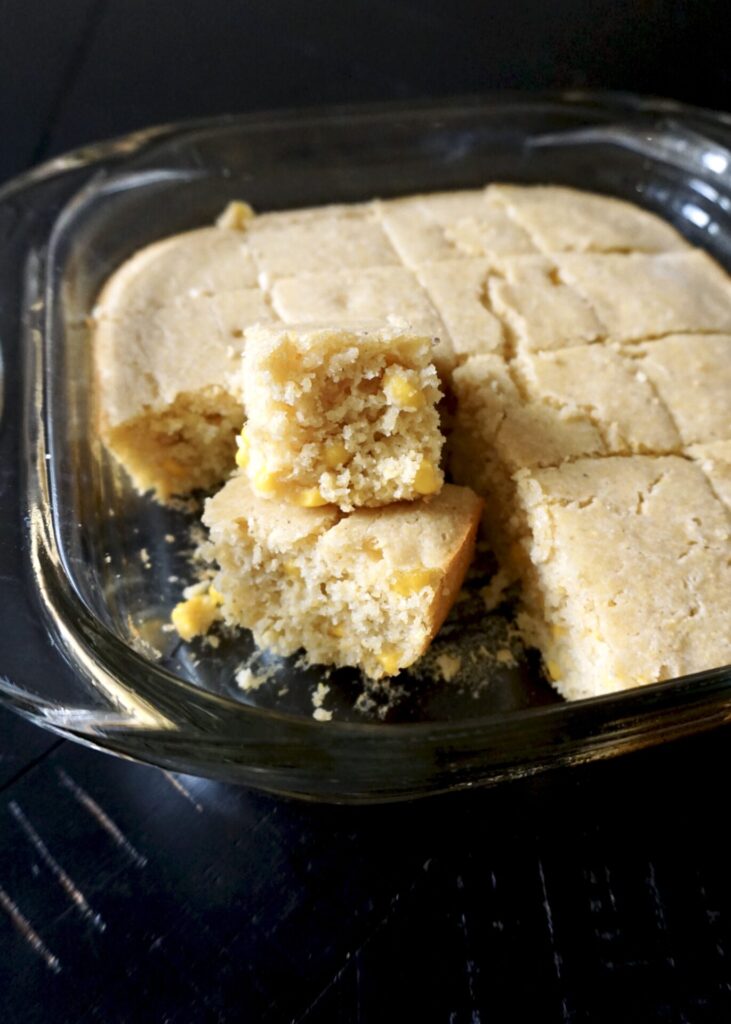
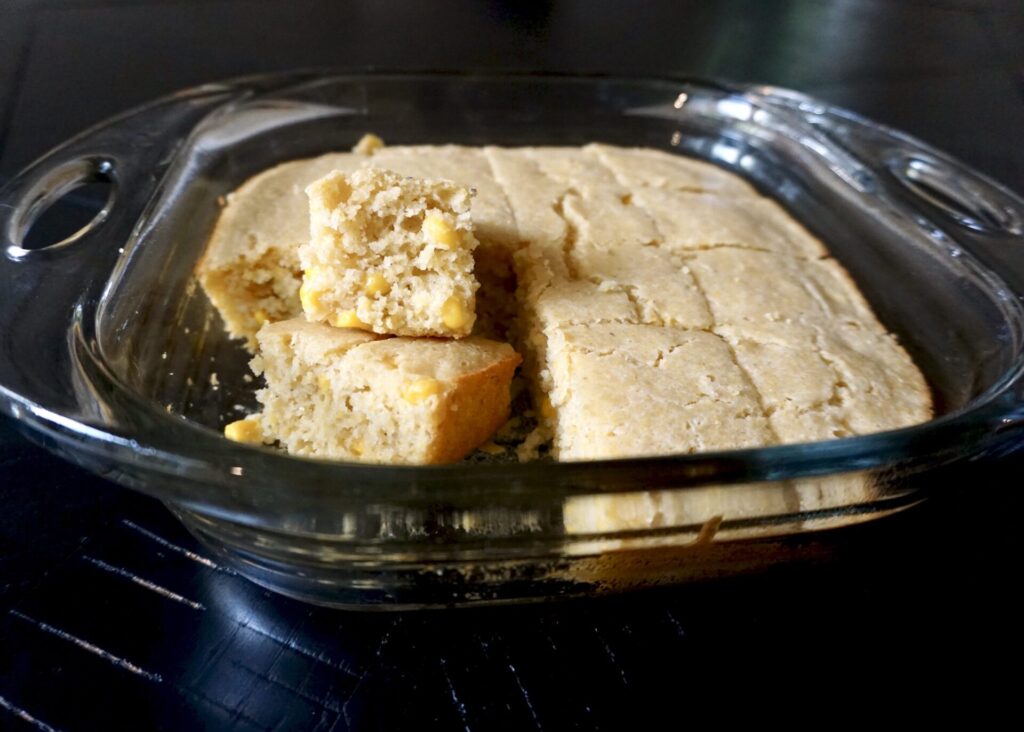
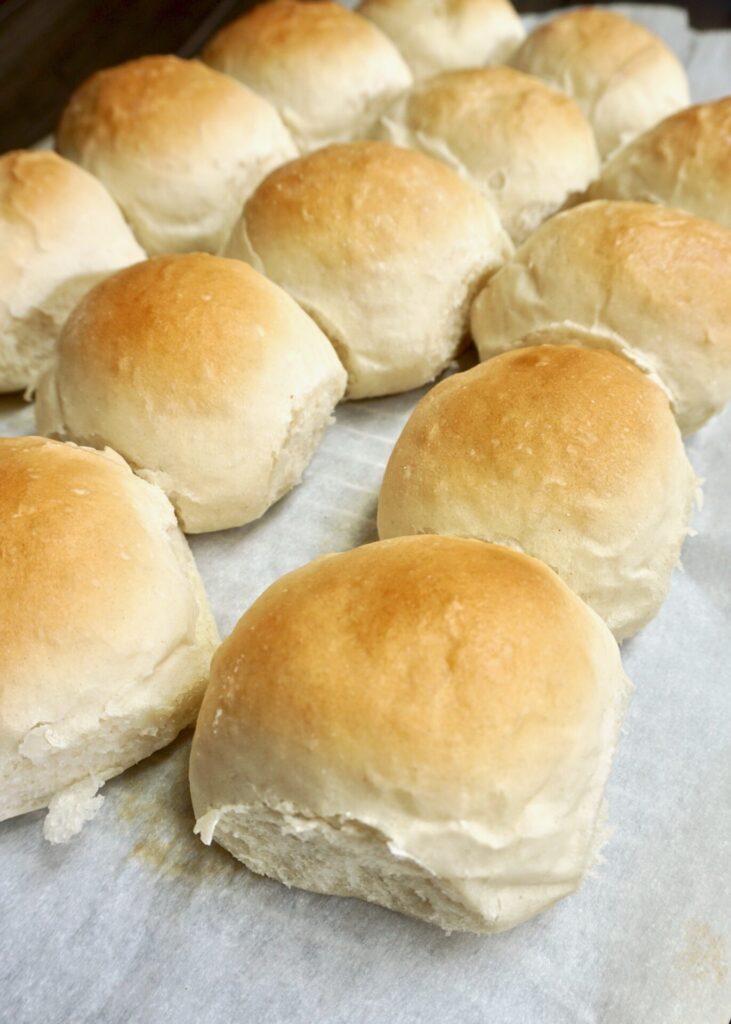
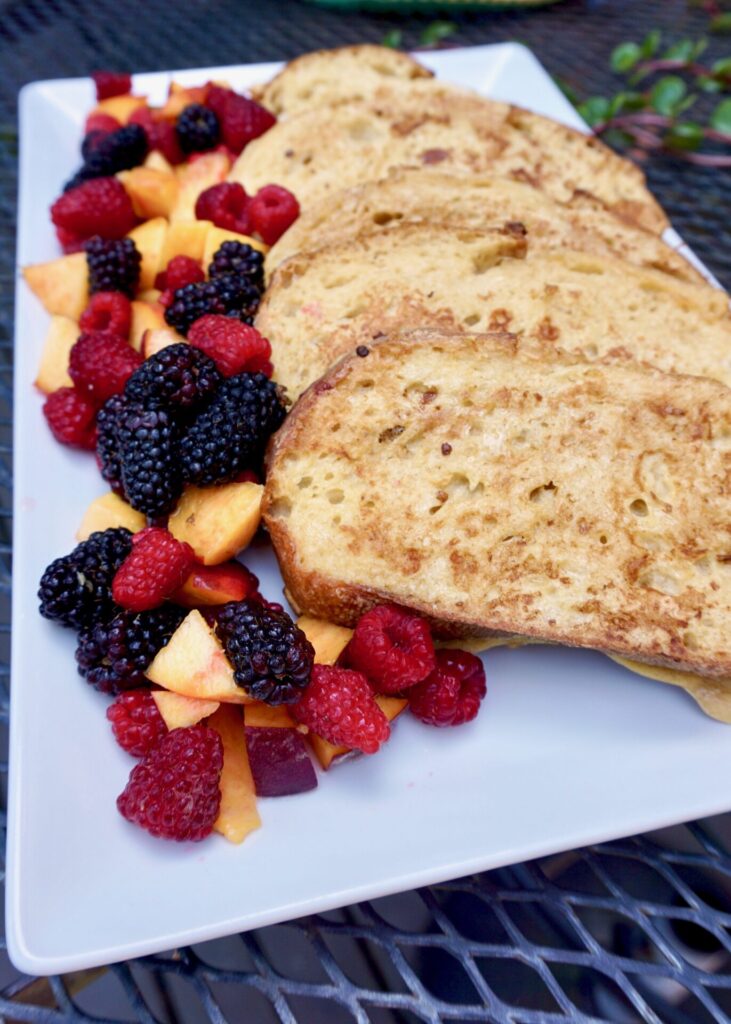
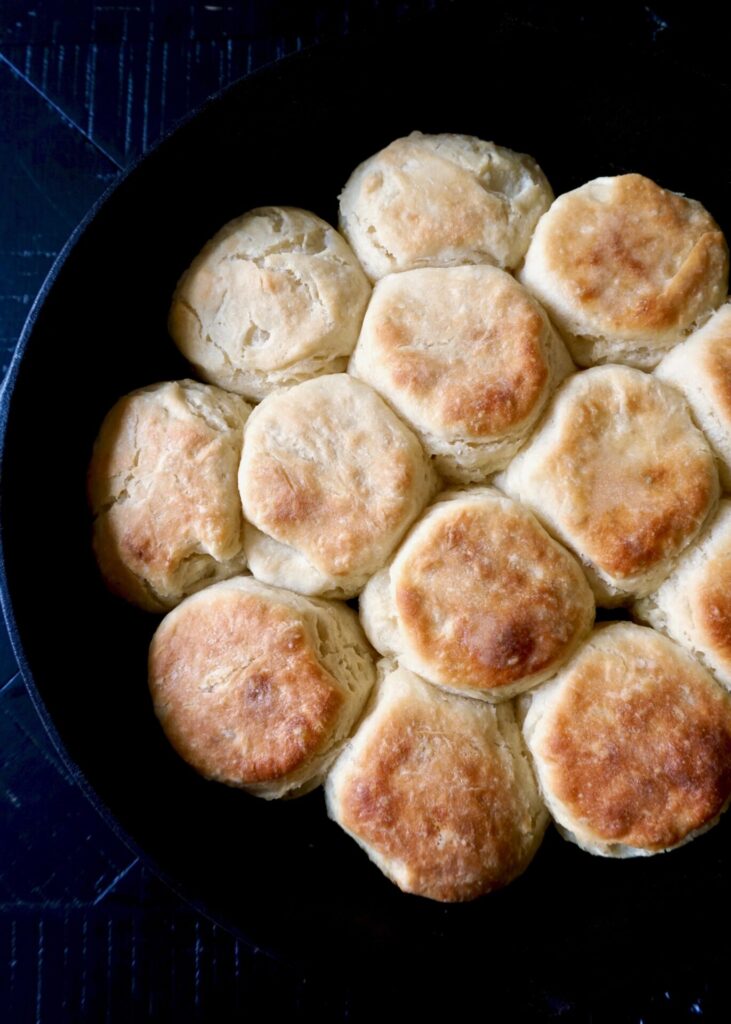
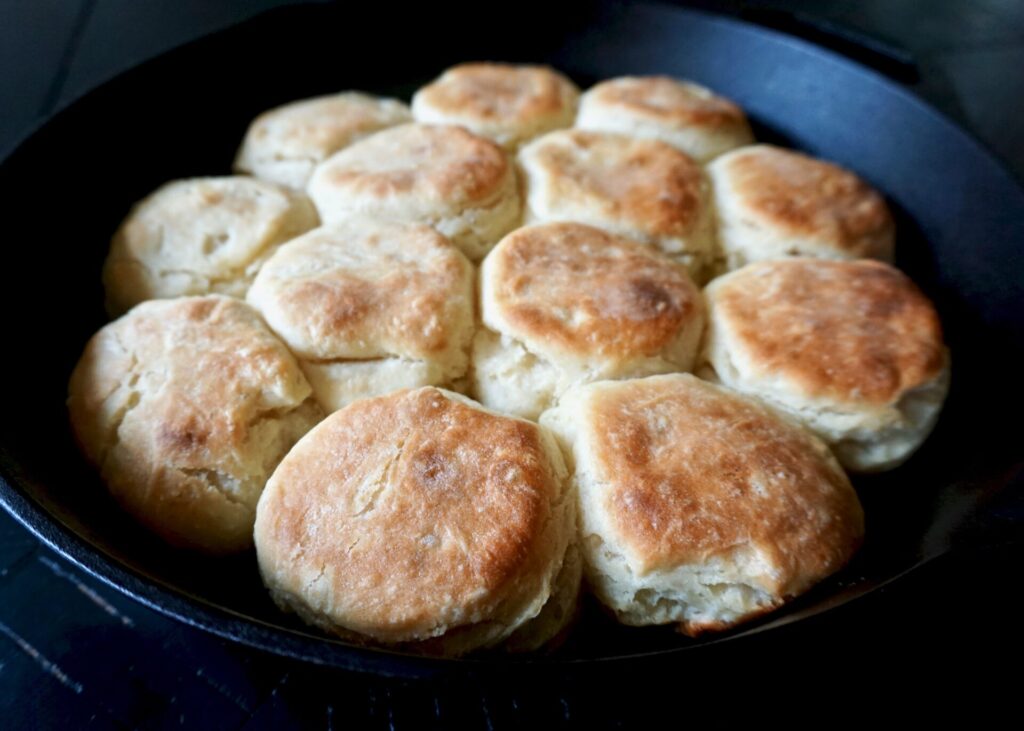
/ COMMENT / Share